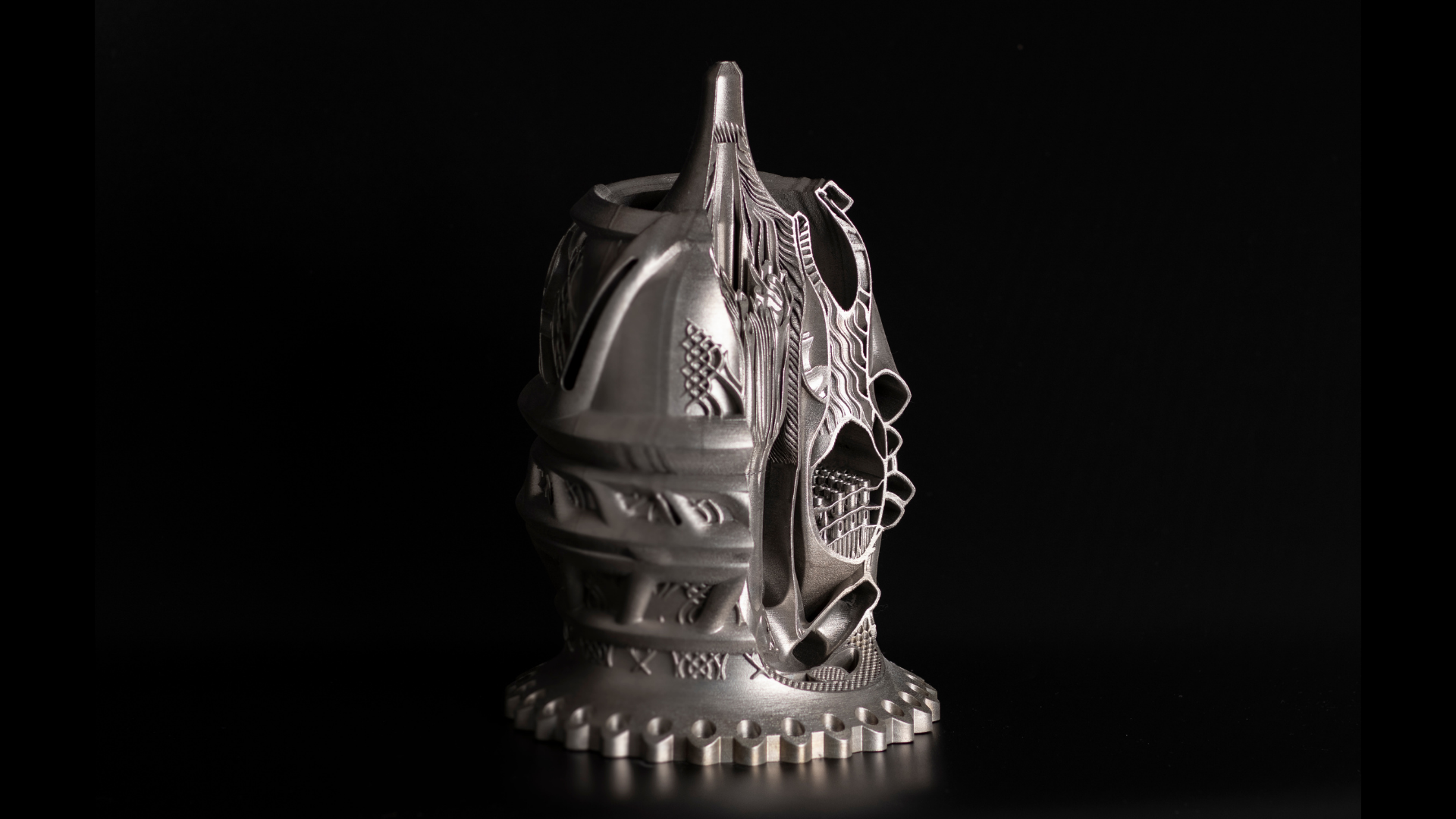
Krailling/Munich, Germany, May 10, 2022 – EOS announced an exclusive partnership to advance the field of space propulsion with Hyperganic, the company that aims to accelerate innovation in engineering through its ground-breaking software platform.
“As a constant and pioneering innovator, we are now partnering with Hyperganic to introduce another paradigm shift in AM. It is a design shift that expands solution spaces as well as performance levels. At the same time, it will revolutionize the design process for AM, making AM a truly digital workflow from software-generated Algorithmic Engineering to digital manufacturing.” –Dr. Hans J. Langer, founder of EOS and an Additive Manufacturing (AM) visionary
“We are very excited to partner with EOS in this industry-first collaboration. Algorithmic Engineering translates ideas into designs in minutes, with the engineer setting the rules and the computer generating the results. Specifically, the field of space propulsion which still uses very conservative designs, will benefit greatly from Algorithmic Engineering.” — Lin Kayser, CEO of Hyperganic
At the same time, freedom of design has always been one of the guiding principles of AM, enabling part structures and applications that were impossible to manufacture using traditional production processes. The partnership between EOS and Hyperganic now takes this approach to the next level.
A radical example is the aerospike rocket engine designed by Hyperganic and manufactured by EOS and AMCM, an EOS GROUP company. The aerospike engine, classically considered a tremendous engineering and manufacturing challenge, was built from the ground up using an algorithmic model by Hyperganic. One of the hundreds of designs produced by Hyperganic in just days was printed on EOS M 400-4. The highly complex part was printed with zero support using the newly developed EOS NickelAlloy IN718 process.
Consequently, the aerospike engine was automatically reengineered for production on a substantially larger AMCM M 4K system from AMCM in EOS CopperAlloy CuCrZr. The combination of this level of design complexity with the capability to print in this size in a reliable manner, will drive the next innovations in space propulsion.


